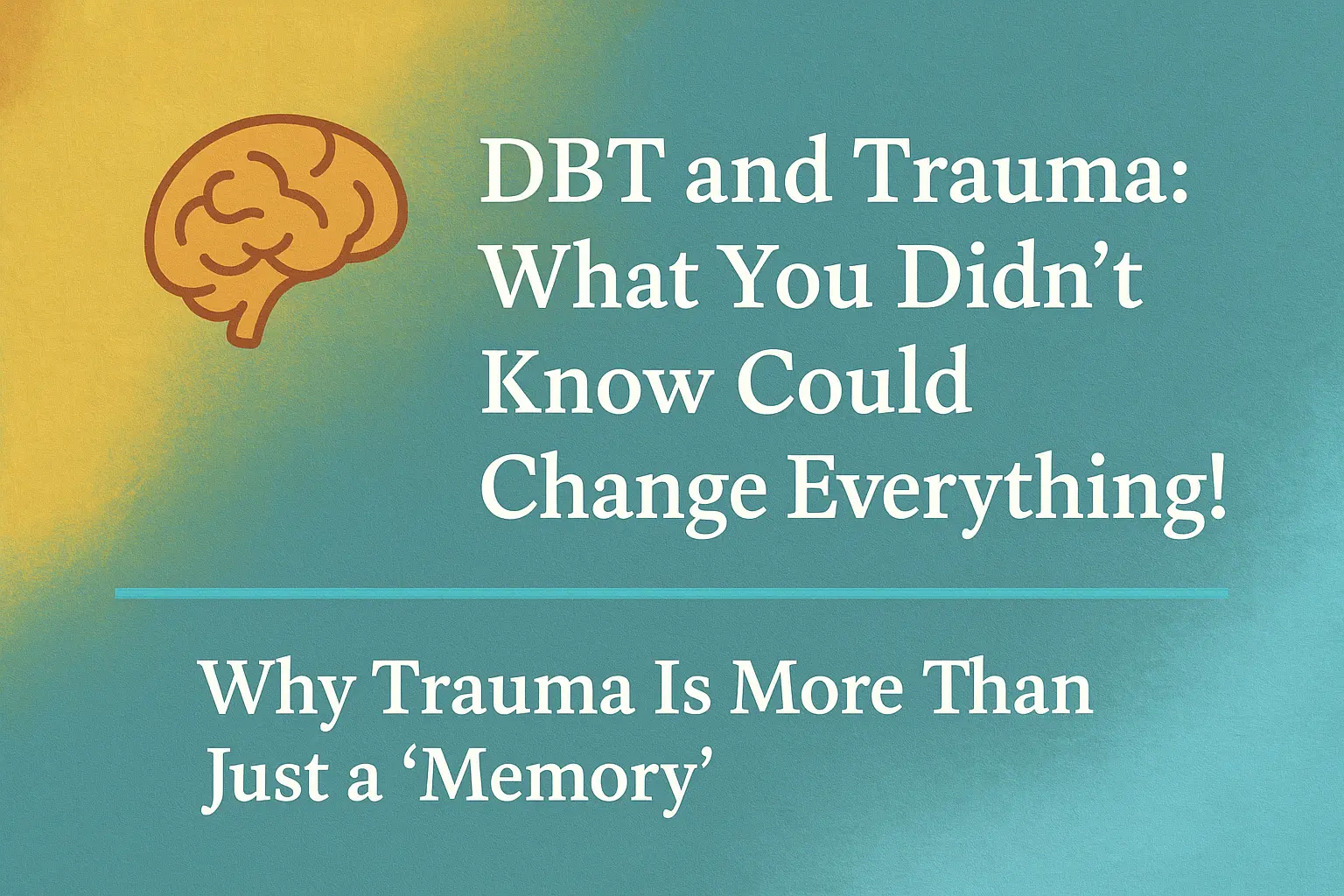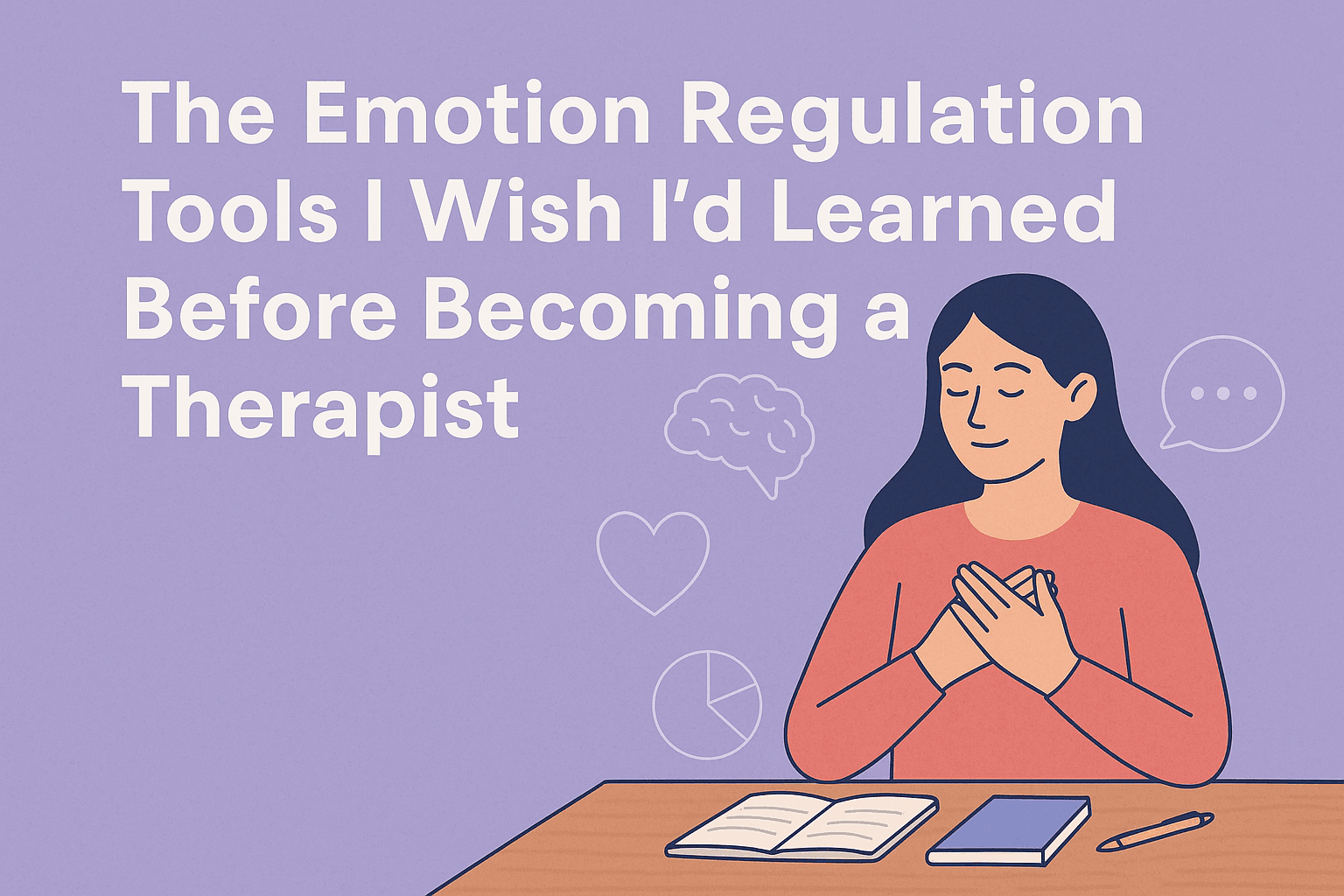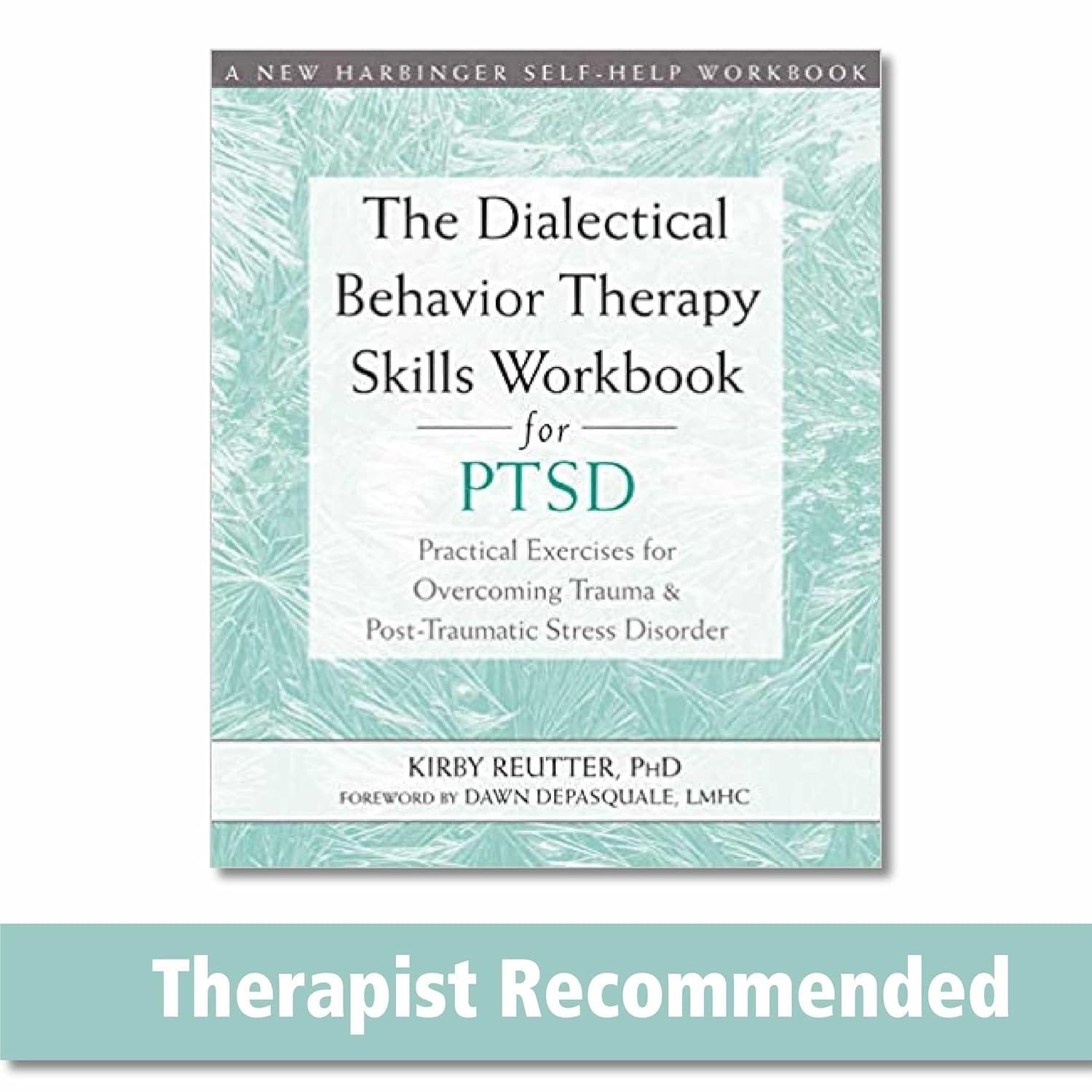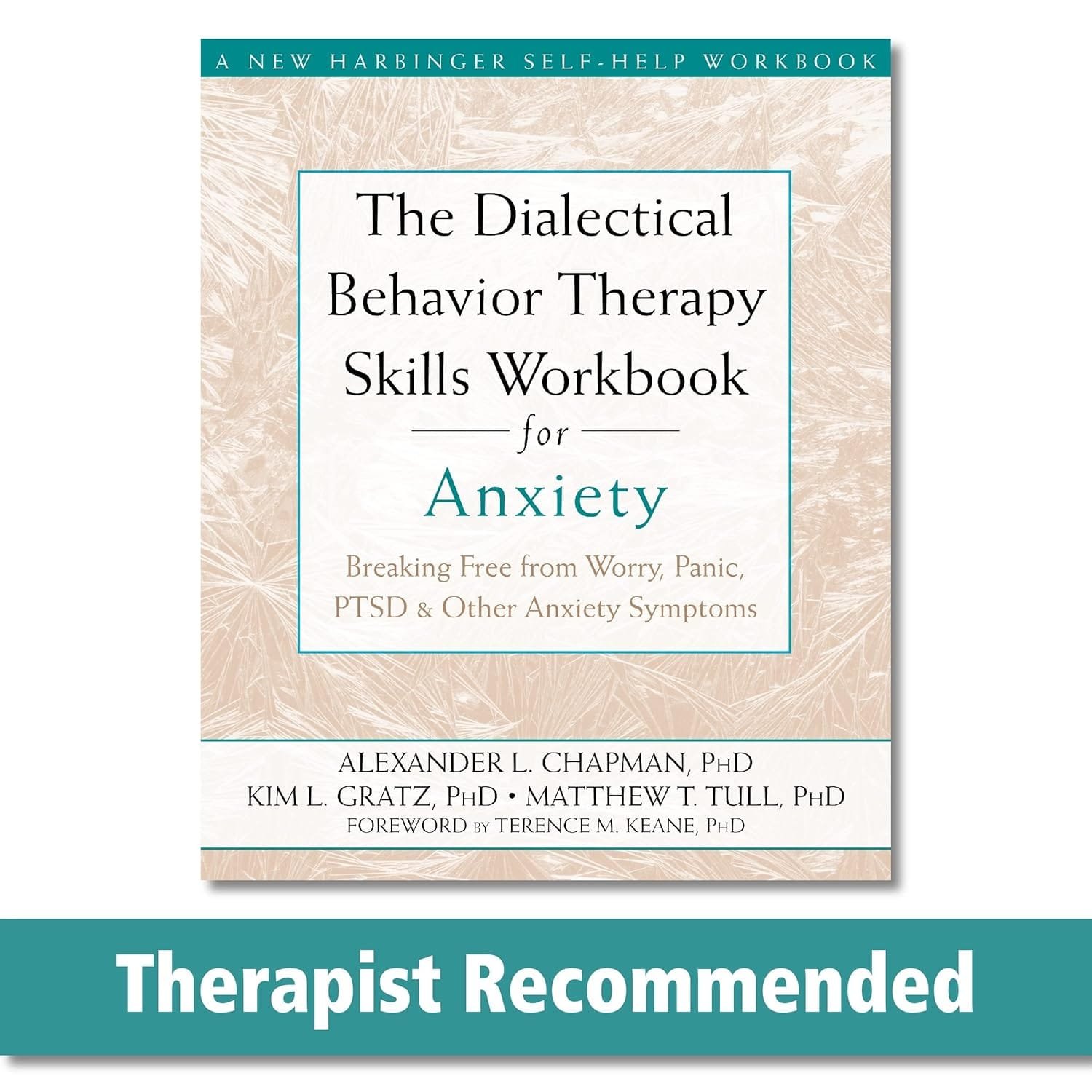If you’ve ever felt like therapy helped a little—but you’re still stuck in the emotional loop of trauma—you are so not alone.
And here’s the kicker: a lot of therapy just isn’t designed for trauma’s full-body impact. That’s where Dialectical Behavior Therapy (DBT) comes in. Originally built to help people with overwhelming emotions, DBT is quietly becoming one of the most powerful frameworks for trauma recovery—and it might just be the piece you didn’t know you were missing.
Let’s talk about what makes DBT a trauma game-changer.
🔥 Why Trauma Is More Than Just a “Memory”
Let’s get something straight: trauma isn’t about what happened—it’s about how your brain and body responded, and how they’re still responding right now.
You might be:
- Jumping at every sound.
- Constantly emotionally flooded or shut down.
- Feeling disconnected from others—or yourself.
- Carrying anxiety, shame, and emotional flashbacks like an unwanted backpack.
And it’s not “just in your head.” Trauma rewires your nervous system. But here’s the good news: you can rewire it back with the right tools.
🧠 What Is DBT—and Why Is It So Powerful for Trauma?
Dialectical Behavior Therapy was developed by psychologist Dr. Marsha Linehan for people dealing with intense emotions and self-destructive patterns. And let’s be real—those are often trauma symptoms, right?
DBT blends:
- Cognitive behavioral therapy (thoughts and behavior patterns)
- Mindfulness (staying present in your body)
- Validation and acceptance (you’re not broken—you’re adapting)
- Concrete change strategies (hello, life skills)
Originally built for Borderline Personality Disorder, DBT is now used for PTSD, anxiety, depression, chronic shame, and anyone navigating intense emotions or chaotic stress responses.
💡 4 Core DBT Skills That Can Reshape Your Trauma Recovery
1. 🌊 Distress Tolerance: When the Waves Hit Hard
When trauma resurfaces, your nervous system doesn’t whisper—it screams.
DBT teaches you how to ride the wave without drowning. These tools help you stay grounded, even when your brain is in full fight-flight-freeze mode.
🧰 Try this free guide:
👉 Five Senses Self-Soothing Guide
Practical grounding techniques to calm your nervous system fast.
2. 🧘♀️ Mindfulness: Come Back to Now
Trauma keeps us time-traveling—either back to the moment of harm, or into future catastrophes that haven’t happened (and may never happen).
Mindfulness helps you come back to the present, where safety, choice, and healing live. With DBT, mindfulness isn’t abstract—it’s a skill you practice in real life.
✅ Check out this workbook:
📘 The Dialectical Behavior Therapy Skills Workbook for PTSD
Specifically created for trauma survivors using DBT techniques.
3. 🔥 Emotion Regulation: Tame the Emotional Wildfire
Trauma can turn your emotions into a pressure cooker: high intensity, fast triggers, and sometimes total shutdown. DBT gives you the tools to:
- Identify and name your emotions
- Spot your emotional vulnerabilities (hello, HALT!)
- Use opposite action when your urges take over
- Build long-term emotional strength
🧠 Get deeper support:
📘 The Dialectical Behavior Therapy Skills Workbook for Anxiety
Ideal for trauma survivors who struggle with worry, panic, and emotional flooding.
4. 💬 Interpersonal Effectiveness: Healing in Relationships
Trauma doesn’t just hurt you—it affects how you connect to others.
DBT helps you:
- Set healthy boundaries
- Ask for what you need (without guilt)
- Say no with confidence
- Repair conflict and rebuild safety in relationships
📘 Recommended:
Overcoming Trauma and PTSD: A Workbook
Exercises for navigating trauma recovery, rebuilding relationships, and healing shame.
✨ Your DBT-Based Trauma Recovery Toolkit
Ready to feel more in control, connected, and confident? These tools will help you build emotional resilience from the ground up:
🛍️ From my shop:
- Mental Health Grounding Techniques Workbook
Grounding tools for anxiety, anger, and big emotions. - DBT Toolkit: Distress Tolerance & Crisis Survival Workbook
A must-have for navigating intense moments without spiraling.
📥 Freebies you’ll actually use:
💬 Need More Support?
💻 Try Online Therapy:
Looking for convenient, affordable support from a licensed therapist?
Check out Online-Therapy.com
✔️ Work with a therapist trained in DBT
✔️ Virtual sessions from anywhere in the U.S.
✔️ Accepts insurance and financial aid
✔️ Use code THERAPY20 for 20% off your first month
👩⚕️ Want to Work With Me?
If you live in California or Arizona, I offer individualized therapy to help you work through anxiety, emotional sensitivity, and trauma using a blend of DBT, ACT, and mindfulness.
✨ Learn more about working with me here
Let’s help you build a life that feels calm, connected, and actually yours.
🌿 Final Thoughts: You Don’t Have to “Tough It Out”
You’re not broken. You’re not weak. You’re not too much.
You’re a human being who learned to survive something really hard—and now you’re ready to heal. DBT isn’t just about managing—it’s about transforming.
So if you’ve tried talk therapy and still feel like you’re barely hanging on, give yourself permission to try something different. Something proven. Practical. Powerful.
💬 Your next chapter starts here. And I’d be honored to walk that road with you.











